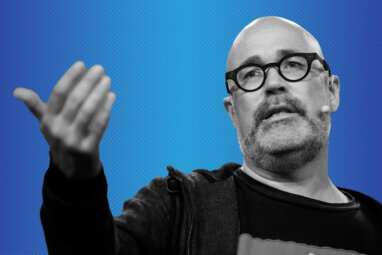Is Your Company Ready for a Digital Future?
There are four different pathways that businesses can take to become top performers in the digital economy. Leadership’s role is to determine which pathway to pursue — and how aggressively to move.
Topics
Frontiers
In preparing for the future, many large, established enterprises are embarking on a digital business transformation journey — often without any sense of where they are going. In this article, we will present four viable pathways for transformation and examine their pros and cons. However, the goal isn’t digital transformation but rather business transformation — using digital capabilities to transform a traditional enterprise into a top performer in the digital economy. We call such top-performing enterprises “future-ready.”
In 2015 and 2017, we surveyed several hundred enterprises,1 examining both the capabilities needed for transformation and the impacts on performance. We also had conversations with more than 50 executives to learn about their experiences with digital business transformation. Respondents represented a wide variety of industries, with manufacturing, financial services, and IT software and services being the biggest groups. Based on our analysis, future-ready enterprises performed much better than their industry peers. But we also found that, even within a single industry, enterprises can take different paths to becoming future-ready. This article looks at four banks that have taken different pathways: Danske Bank, mBank, BBVA, and ING.
Becoming Future-Ready
Becoming future-ready requires changing the enterprise on two dimensions — customer experience and operational efficiency. (See “How Companies Compare on Digital Business Transformation.”)
Future-Ready
Future-ready enterprises are able to innovate to engage and satisfy customers while at the same time reducing costs. Their goal is to meet customers’ needs rather than push products, and customers can expect to have a good experience no matter which service delivery channel they choose. On the operations side, the company’s capabilities are modular and agile; data is a strategic asset that is shared and accessible to all those in the company who need it.
References (11)
1. In the MIT CISR 2015 CIO Digital Disruption Survey, we surveyed 413 enterprises. In the MIT CISR 2017 Pathways to Digital Business Transformation Survey, we surveyed 400 enterprises.
2. J.W. Ross, I.M. Sebastian, and C.M. Beath, “Digital Design: It’s a Journey,” research briefing, MIT CISR, April 21, 2016, http://cisr.mit.edu.






Comments (4)
Chuk pant
radmila grozdanic
Cissoko Mamady
Bob Akerley